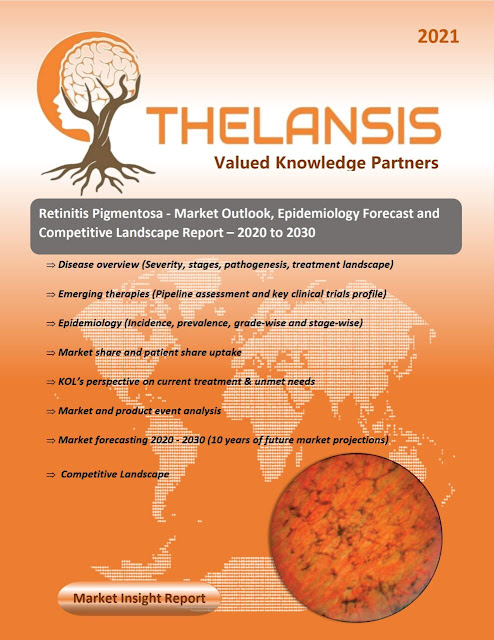Indication name: Aspergillosis
Aspergillosis – Market outlook, Epidemiology, Market Forecast and
Competitive Landscape Report – 2020 To 2030 (Markets covered: US, Germany,
France, Spain, United Kingdom, Italy, Japan & China).
Aspergillosis is a fungal infection caused by
Aspergillus, a species of mold that is found all over the world. Aspergillosis
is a fungal infection caused by certain types of mold. Only about 40 species of Aspergillus are known to
associated with disease in humans.
Aspergillosis has several different forms including:
Allergic bronchopulmonary aspergillosis (ABPA)- usually occurs in
individuals with long-standing asthma or cystic fibrosis.
Allergic Aspergillus sinusitis- cause a stuffy nose, runny nose,
congestion, fever, facial pain and headache.
Invasive aspergillosis- occur in individuals who have a weakened immune
system including people who have low levels of neutrophils (neutropenia).
Chronic pulmonary aspergillosis- characterized by scarring (fibrosis)
within the lungs and the gradual loss of lung tissue which causes the formation
of empty spaces (cavitation), or the widening and growth (expansion) of existing spaces and thickening
of the membranes around the lungs (pleural thickening).
Cutaneous (skin) aspergillosis
Epidemiology- According to Thelansis, about 2.5% of adults who have
asthma also have ABPA, which is approximately 4.8 million people worldwide. Of
these 4.8 million people who have ABPA, an estimated 400,000 also have chronic
pulmonary aspergillosis (CPA). Another 1.2 million people are estimated to have
CPA after having tuberculosis, and over 70,000 people are estimated to have CPA
as a complication of sarcoidosis. The number of hospitalizations related to
invasive aspergillosis in the United States increased an average of 3% per year
during 2000- 2013.
KOLs insights of Aspergillosis across 8 MM market from
center of Excellence/ Public/ Private hospitals participated in the study.
Insights around current treatment landscape, epidemiology, clinical
characteristics, future treatment paradigm and Unmet needs.
Competitive landscape of Aspergillosis includes country specific
approved as well as pipeline therapies. Any asset/ product specific designation
or review and Accelerated Approval are being tracked and supplemented with
analyst commentary.
Aspergillosis Market Forecast: Patient Based Forecast Model (MS. Excel Based Automated Dashboard) which
Data Inputs with sourcing, Market Event and Product Event, Country specific
Forecast Model, Market uptake and patient share uptake, Attribute Analysis,
Analog Analysis, Disease burden and pricing scenario, Summary and Insights.
S. No Asset Company Stage
1 dupilumab Regeneron Pharmaceuticals Phase 3
2 isavuconazole Astellas Pharma Inc Phase 3
3 Posaconazole Merck Sharp & Dohme Corp. Phase 2
4 SCY-078 Scynexis, Inc. Phase 2
5 F901318 F2G Biotech GmbH Phase 1
6 PC945 Pulmocide Ltd Phase 1
7 Voriconazole Chong Kun Dang Pharmaceutical Phase 1















